EU Battery Regulations: Implementation, Applicability and Notified Bodies
A new EU battery regulation, Regulation 2023/1542, was approved in the summer of 2023, marking a significant shift in the legislative landscape for batteries and battery-operated products. This regulation not only replaces the outdated Battery Directive 2006/66/EC but also introduces stringent requirements in various new areas of sustainability and safety.
The regulation aims to ensure that batteries are sustainable throughout their entire lifecycle, from material extraction to recycling and reuse. It includes multiple articles that will come into force at different times, impacting the entire battery supply chain. Key sustainability areas covered by the regulation include reducing the carbon footprint of batteries, minimizing the use of hazardous substances, and promoting the recycling and reuse of battery materials.
Timeline of EU Battery Regulations Implementation:

Battery Categories
The Regulation identifies and defines the categories of batteries it applies to:

Portable Battery:
- Sealed and Weights ≤5 kg
- Not classified as other types of batteries
- Commonly found in consumer electronics and small household devices

Battery for Light Means of Transport (LMT):
- Sealed and Weights ≤25 kg
- Drives L-type vehicles (Not classified as electric vehicle batteries)
- Examples include e-bikes, e-scooters, and other small electric vehicles
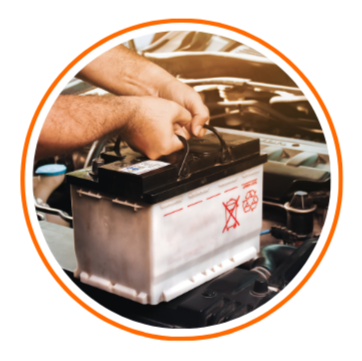
Starter Battery, Lighting and Ignition (SLI):
- Used for vehicle ignition, lighting, or starting purposes
- They are commonly used in cars, motorcycles, and other vehicles to start the engine and power the electrical systems.

Industrial Battery and SBESS:
- Batteries designed for industrial use or intended for industrial uses after repurposing
- Other batteries weighing > 5 kg and not classified as LMT/SLI/EV batteries
- This category also includes Stationary Battery Energy Storage Systems (SBESS), which are industrial batteries with internal storage specifically designed to store and supply electrical energy to the grid or end-users.

Battery Electric Vehicle (EV):
- Used for hybrid or battery electric vehicle traction
- Category L (>25 kg) or categories M, N, or O
- They are essential for the operation of electric cars, buses, and trucks, contributing to the reduction of greenhouse gas emissions and the promotion of sustainable transportation.
Key Articles of the EU Battery Regulation
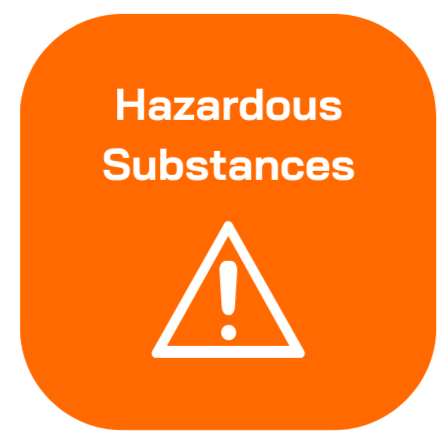
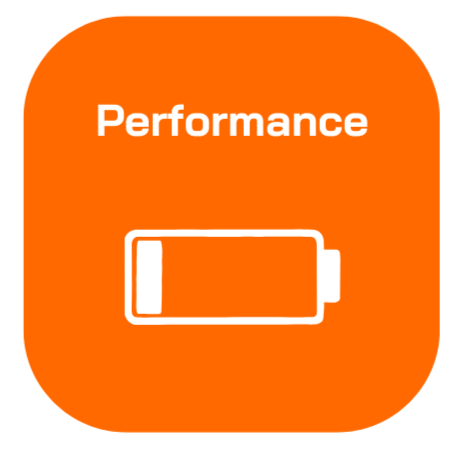
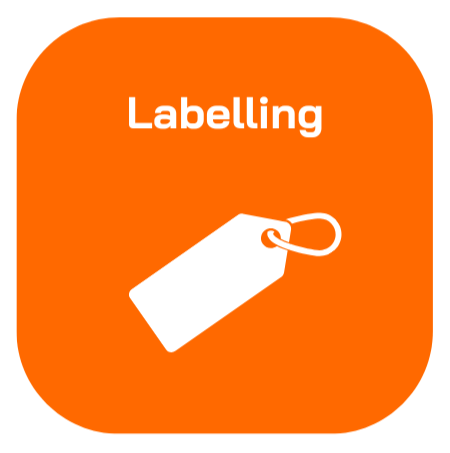





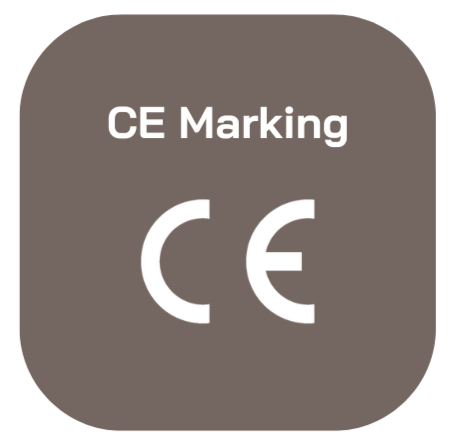
Applicability of Articles by Battery Category
To provide a clear understanding of how each article of the new regulation applies to different battery categories, we have created a table. This table outlines the specific requirements and obligations for each type of battery, ensuring that manufacturers can easily identify the relevant articles for their products.
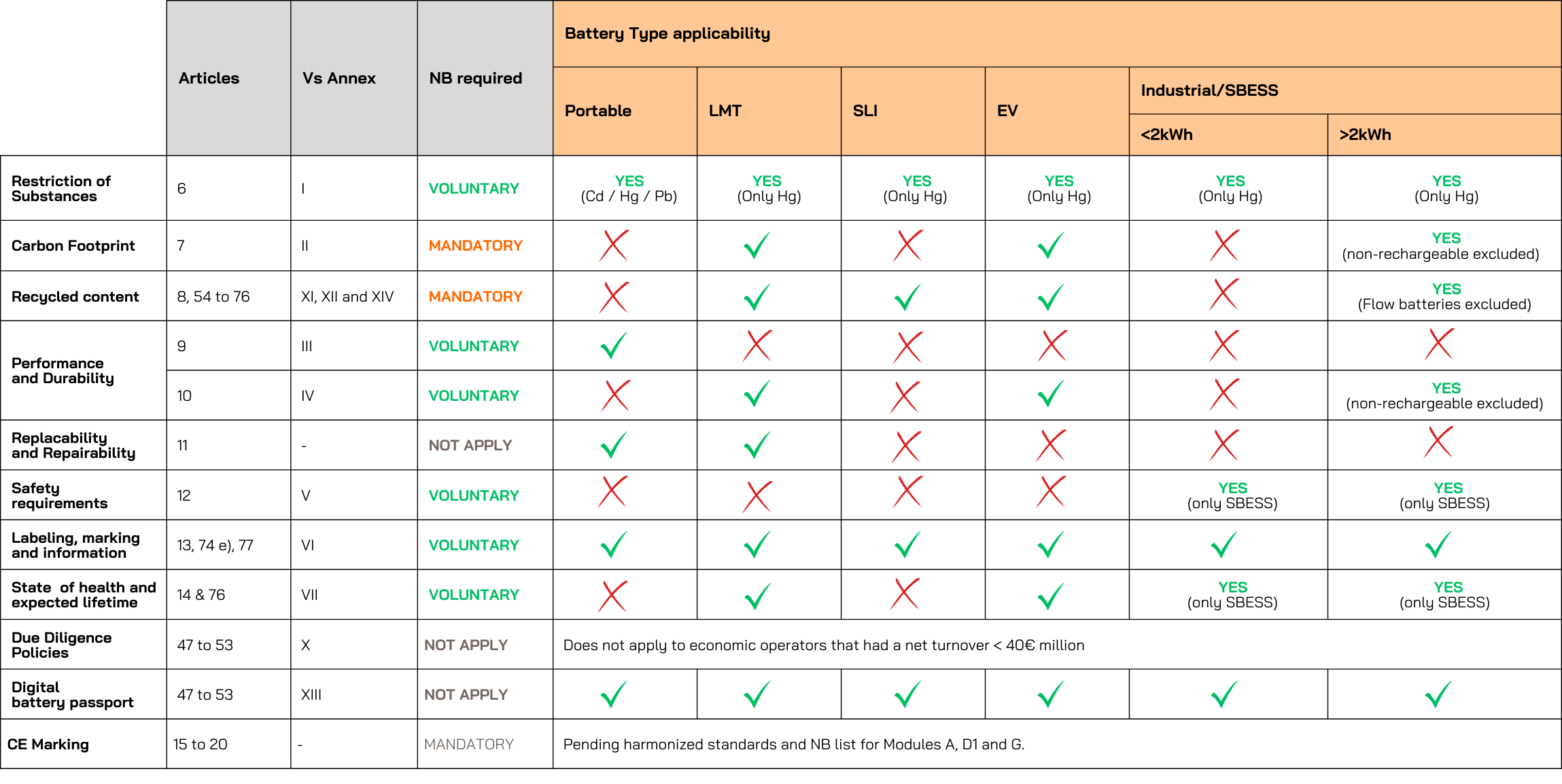
Notified Body Services
Notified Body assessment is required and mandatory for:
- Articles 7 and 8 (Carbon Footprint and Recycled Content) and, for companies with net turnover above EUR 40 million, Due Diligence Articles 49, 50 and 52 (all batteries).
- Articles 6-10 and Articles 12 and 14 a Notified Body could be requested on a voluntary.
- Articles 17 Conformity assessment for CE Marking.
Effective dates:
- Articles 7 – Feb. 18, 2025 (starting with EV batteries)
- Article 8 – Aug. 18, 2028 (for industrial batteries greater than 2 kWh, EV and SLI batteries)
- Due diligence articles – Aug., 2025
As of today, there are no notified bodies designated for the new EU battery regulation. However, Applus+ Laboratories is prepared to apply for this status as soon as the notification authorities establish their processes and requirements. This proactive approach ensures that Applus+ Laboratories will be ready to assist manufacturers in navigating the new regulation and achieving compliance efficiently.
How can we help
As per today, Applus+ Laboratories can offer the following services in relation with the Regulation (EU) 2023/1542:
- Training
- Testing
- EMC, Environmental and Vibrations testing capabilities for battery packs.
- Testing of hazardous substances in batteries (Article 6 - Annex I).
- Battery performance and durability testing (Article 9 & 10 - Annex III & IV).
- Safety requirements for SBESS (Article 12 - Annex V).
- Verification
- Calculation and verification of the life-cycle carbon footprint of batteries (Article 7-Annex II)
- Verification of recycled content in batteries (Article 8 - Recycled content)
- Verification and testing of removability and replaceability (Article 11)
- Verification of Labelling, marking and information requirements (Article 13 & 14)
- Verification and audit of due diligence policies and its implementation (Article 48)
- Calculation and verification of battery-waste recycling and material-recovery efficiency (Articles 59, 60, 61, 69 & 71)
- Evaluation of second life battery (Article 73)
- Digital Battery passport (Article 77 & 78 - Annex XIII)
- Audit
- Module D1: Quality assurance of the production process (Article 17- Annex VIII, Part B)
- Certification: Once Applus+ Laboratories becomes Notified Body.